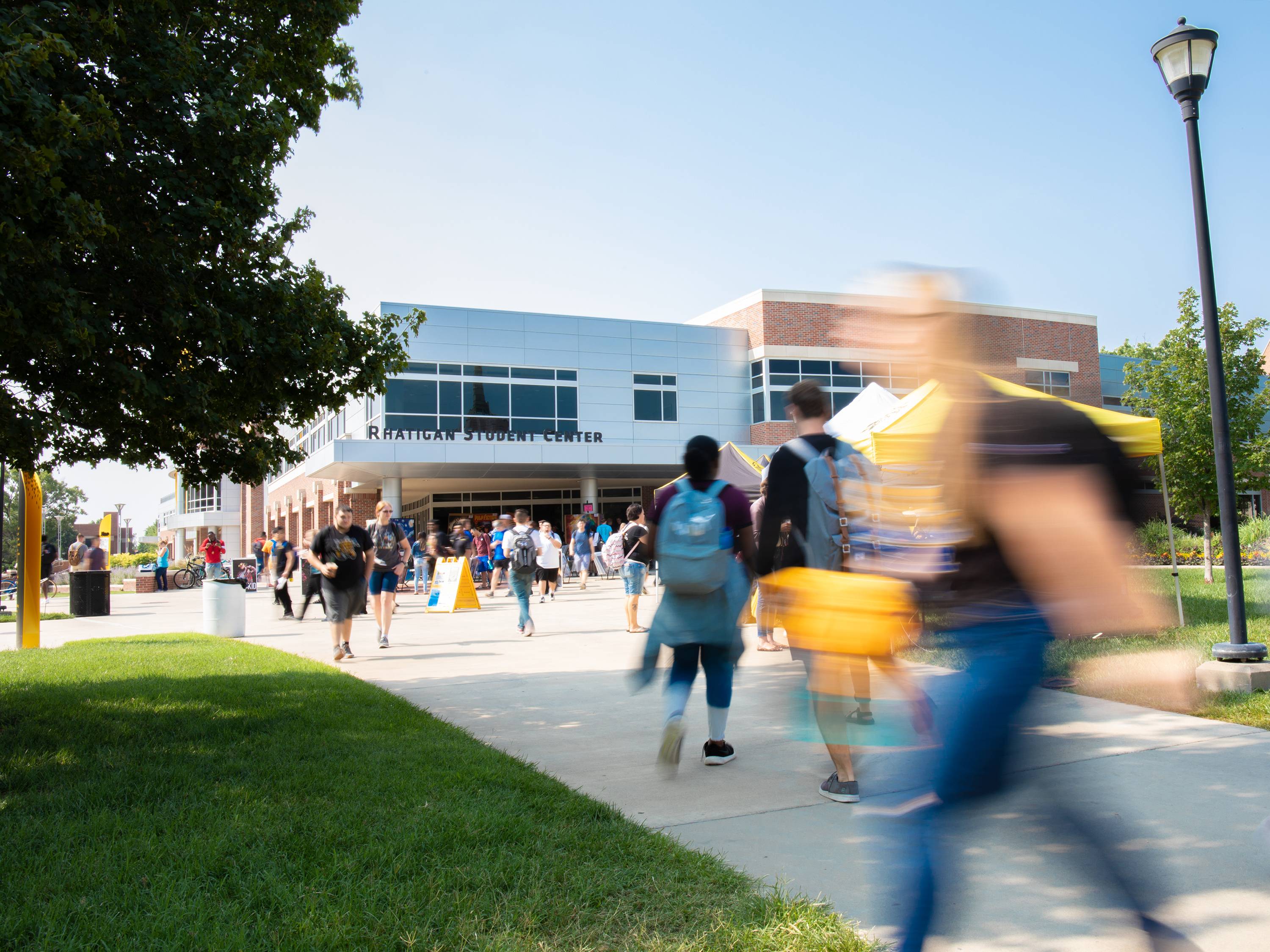
Wichita State University seeks an innovative, engaged and collaborative leader to be its next Senior Executive Vice President and Provost.
Finalists information will be released just prior to their appearances on campus and will appear in this space listed in alphabetical order.